
Clinic Holiday Closings (Late 2025 - Early 2026)
The PDIC will be closed during the following dates for the late 2025 – early 2026 holidays: Thanksgiving break: The …



Alleghany County Center will be closed tomorrow, Fri 11/28/2025 for the holiday.
El inglés es el idioma de control de esta página. En la medida en que haya algún conflicto entre la traducción al inglés y la traducción, el inglés prevalece.
Al hacer clic en el enlace de traducción se activa un servicio de traducción gratuito para convertir la página al español. Al igual que con cualquier traducción por Internet, la conversión no es sensible al contexto y puede que no traduzca el texto en su significado original. NC State Extension no garantiza la exactitud del texto traducido. Por favor, tenga en cuenta que algunas aplicaciones y/o servicios pueden no funcionar como se espera cuando se traducen.
Inglês é o idioma de controle desta página. Na medida que haja algum conflito entre o texto original em Inglês e a tradução, o Inglês prevalece.
Ao clicar no link de tradução, um serviço gratuito de tradução será ativado para converter a página para o Português. Como em qualquer tradução pela internet, a conversão não é sensivel ao contexto e pode não ocorrer a tradução para o significado orginal. O serviço de Extensão da Carolina do Norte (NC State Extension) não garante a exatidão do texto traduzido. Por favor, observe que algumas funções ou serviços podem não funcionar como esperado após a tradução.
English is the controlling language of this page. To the extent there is any conflict between the English text and the translation, English controls.
Clicking on the translation link activates a free translation service to convert the page to Spanish. As with any Internet translation, the conversion is not context-sensitive and may not translate the text to its original meaning. NC State Extension does not guarantee the accuracy of the translated text. Please note that some applications and/or services may not function as expected when translated.
Collapse ▲
The PDIC will be closed during the following dates for the late 2025 – early 2026 holidays: Thanksgiving break: The …

Are you ready to dig into your passion and become a true gardening expert? This isn’t just a series …

Fairy gardens are a great way to involve children in gardening, and helping younsters select plants for their fairy …
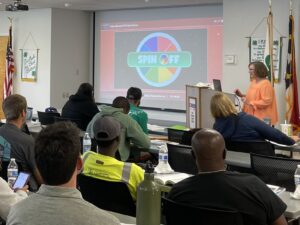
The spring 2026 Pesticide Safety Schools are for those seeking initial licensing in one or more pesticide subcategories. To register for …

November is when the nights start to get cold, and we can now say the bees are in winter …

Do you have pesticides at your home or farm that you no longer need or use? If your answer is …

On September 19, 2025 the Chatham County Center of North Carolina Cooperative Extension conducted a workshop on Landscaping for Pollinators and Other …

NC State Extension has released a new resource for blackberry growers — Blackberry Pruning: A Practical Guide by Gina Fernandez and Hannah …

Cooperative Extension’s Pollinator Paradise Demonstration Garden was created in late 2008 at Chatham Mills in Pittsboro to provide forage …

This is a guest post by Lewis Cauble. Lewis is the NCDA&CS Apiary Inspector for Western North Carolina, a …

We recently invited volunteers and Extension professionals across North Carolina to help guide the future direction of the NC State …
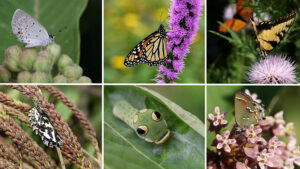
2025 Carolina Butterfly Society Symposium Saturday, September 13 9:00 a.m. – 4:30 p.m. Location: Stanford M. Adams Training Facility at Jordan Lake 2832 Big …

Fall tours of North Carolina Cooperative Extension’s Pollinator Paradise Demonstration Garden in Pittsboro start in early September! The garden features over …

We Need YOUR Help! Get ready, North Carolina! It’s time to join a critical scientific effort from August 22-23 and …

This workshop is SOLD OUT! Email Debbie to get on her email list to learn about future workshops. Back by …
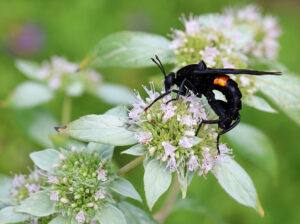
Cooperative Extension’s Pollinator Paradise Demonstration Garden was created in late 2008 at Chatham Mills in Pittsboro to provide forage …
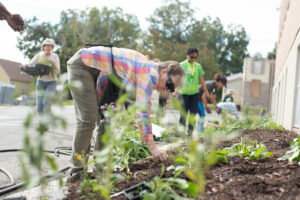
The demonstration garden at Stanford L. Warren Library in Durham, NC isn’t just any garden; it’s a vibrant pollinator …

This factsheet describes the biology of the giant strong-nosed stink bug, Alcaeorrhynchus grandis, and provides …
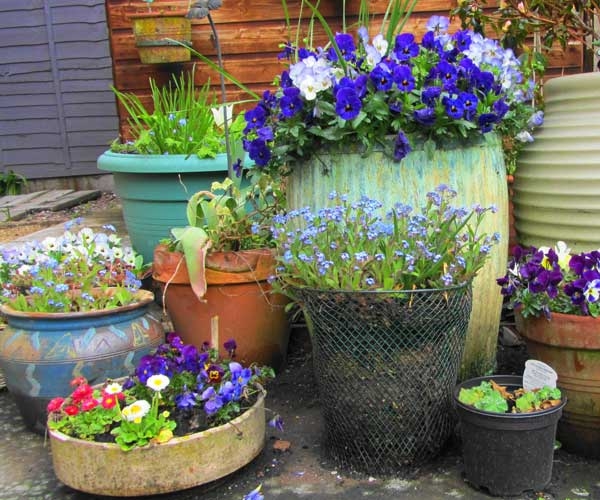
In this publication you will find ideas to get you started growing your own edibles. …

Black root rot impacts a range of woody and herbaceous ornamental plant species primarily in …

This Entomology Insect Note discusses how to identify and manage common armored scale insects that …
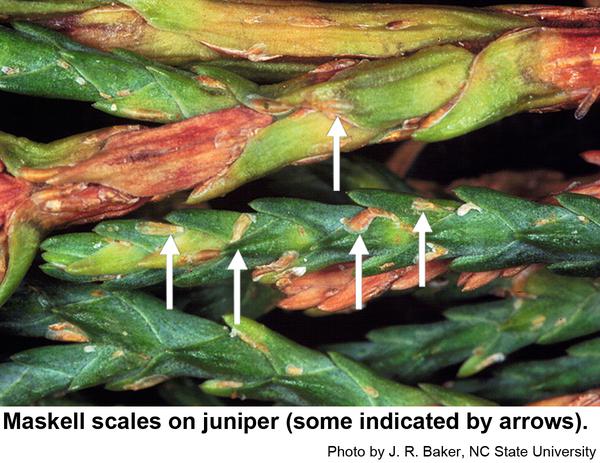
This factsheet describes the biology of the maskell scale, Lepidosaphes maskelli, and provides residential management …
This guide is designed to help turf managers identify the major turfgrass pests found in …

This native plants chapter of the Extension Gardener Handbook defines the term native, why gardeners …

This field guide and linked resources provide information on basic insect identification, sampling methods, monitoring, …